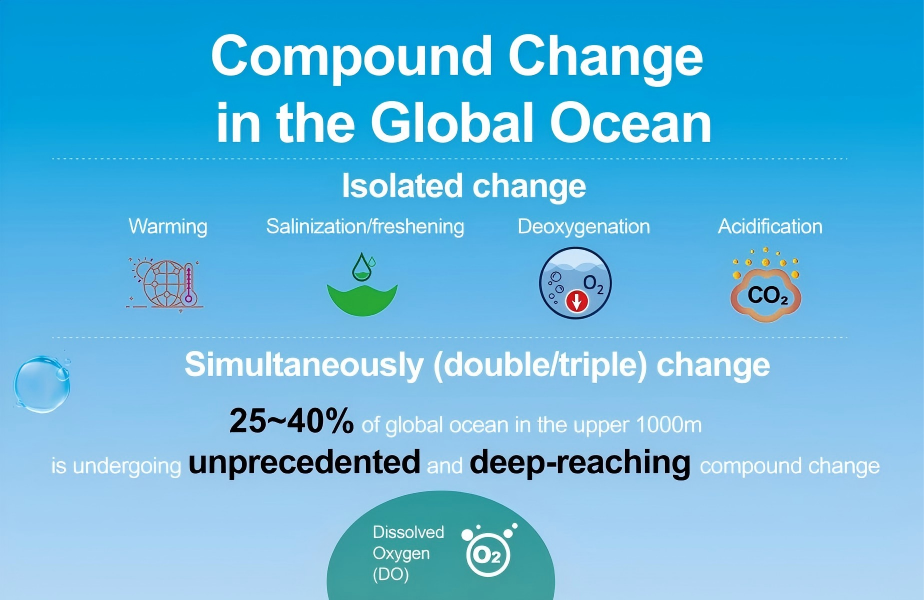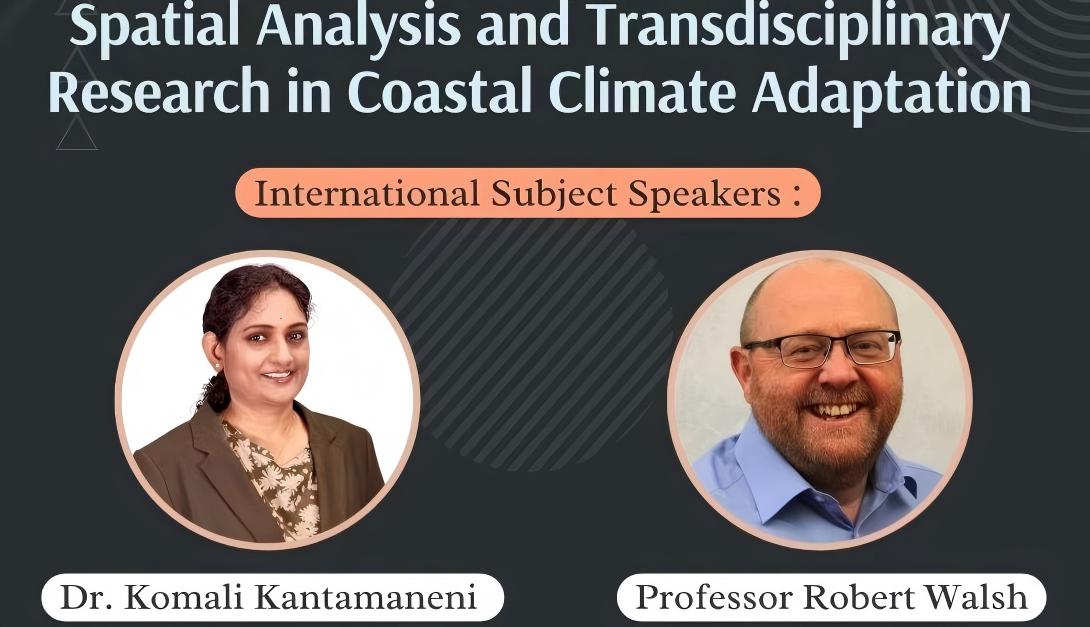On Sunday, 19 July 2015, the Annual Natural Hazards Research and Applications Workshop kicked off at Broomfield, Colorado. Traditionally, the meeting is designed to bring together researchers and practitioners from many fields and disciplines to discuss ways in which society deals with hazards and disasters.
Since 1975, the Natural Hazards Center at the University of Colorado at Boulder has hosted the workshop which attracts more than 500 federal, state, and local emergency officials; as well as international representatives of nonprofit and humanitarian organizations; hazards researchers; disaster consultants; and others dedicated to alleviating the impacts of disasters.
The IRDR family was well represented this year with 5 NCs (USA, Australia, Canada, Japan, New Zealand), 3 ICoEs (VaRM – South Carolina, CR – New Zealand, DRHBPI – Canada), the IRDR Science Officer, and 3 SC members/alumni in attendance. Susan Cutter moderated an expert panel on Hurricane Katrina; 10 years later and presented a poster with colleague Christopher Emlich on the work of their ICoE – the Hazards and Vulnerability Research Institute. David Johnston organized a US – New Zealand Joint Committee Meeting on Science and Technology Cooperation focused on learnings from the Canterbury earthquakes. He also moderated a panel on Canterbury Earthquakes: Research and Lessons and participated in several poster sessions. Christine Eriksen, one of ISSC’s 2013 RIA fellows was a Wildfire Hazards panelist.
The Natural Hazards Center operates as the USA IRDR National Committee and is a ‘center of centers’ that takes advantage of the research capacities of university-based centers that specialize in different aspects of hazards and disasters across multiple disciplines. The Center is funded by a consortium of US federal agencies including the Federal Emergency Management Agency (FEMA), National Science Foundation (NSF), U.S. Geological Survey (USGS), National Oceanic and Atmospheric Administration (NOAA), National Aeronautics and Space Administration (NASA), U.S. Army Corps of Engineers, the Centers for Disease Control and Prevention (CDC), the U.S. Forest Service, and the Public Entity Risk Institute.





